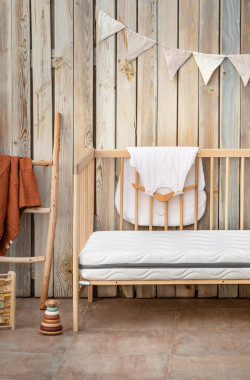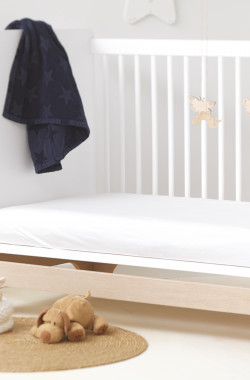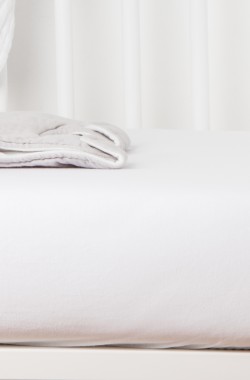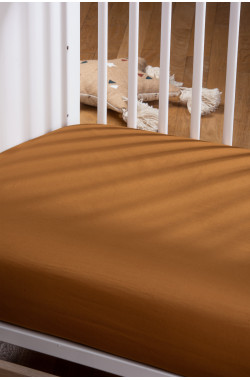
Why avoid anti-dust mite and anti-bacterial mattresses? | Answers
Unfortunately, pollution is present everywhere in the world where we live, whether in the city or in the country, inside or outside our homes. That's why it's important to surround ourselves with healthy fabrics and materials that take care of us every day. When choosing a new mattress, whether for a baby, child or adult, many people are reassured by the words "anti-dust mite" and "anti-bacterial". However, are they really naturally anti-dust mite or have they undergone a chemical treatment that could be harmful?
What are mattress mites?
It is true that dust mites, which are small insects of the arachnid family, are not visible to the naked eye. However, they are present in many places in our homes, such as mattresses, pillows, curtains, carpets and other fabrics. They feed on human skin flakes, which are often found in our beds. Many people are allergic to dust mites, so it is important to get rid of them by adopting proper cleaning and choosing materials that repel their presence. We spend a lot of time on our mattress, and if it contains dust mites, it can aggravate the allergy and alter the quality of our sleep.
Dust mites prefer humid environments because they reproduce more easily in these conditions. If you have a dehumidifier at home, do not hesitate to use it, as it can help prevent colonization by dust mites.
How are anti-dust mite mattresses made?
Mattresses that have received anti-dust mite and anti-bacterial treatment are often treated with synthetic chemicals that can be harmful to human health.
To make mattresses dust mite and antibacterial, some manufacturers use toxic insecticides, while others use phthalates and other flame retardant chemical treatments.
In all, there can be as many as 100 different chemicals in a single mattress! It's important to know that new mattresses are often the most concentrated in chemicals, and these treatments are not effective throughout the life of the mattress. In fact, they can sometimes be more allergenic than the mites themselves.
Why should I choose a mattress without chemical treatment?
It is indeed advisable to choose a mattress, comforter or pillow that is naturally anti-mite and anti-bacterial, rather than a product that has been treated with chemicals to achieve this effect. Some natural materials have anti-bacterial and anti-mite properties, such as natural latex (from rubber trees), coconut fibre, linen, bamboo fibre and Tencel® Lyocell (from eucalyptus fibre). For allergy sufferers, babies, children and anyone who wants a healthy and natural sleep, it is important to read the product descriptions carefully to choose sleep products that are naturally anti-mite and naturally anti-bacterial.
At Kadolis, all our collections are made from noble and healthy materials. We choose materials that naturally repel dust mites without applying chemical treatments, in order to preserve a healthy environment in your bedroom and that of your children. Nature offers us the best, and we want our customers to benefit from it by offering healthy and quality products.
|
|
The Cocolatex mattress is guaranteed to be free of chemical treatments and is OEKO-TEX® certified, which guarantees that the textiles used to make it are environmentally friendly. The Cocolatex mattress is made of natural materials that allow excellent air circulation and limit the proliferation of bacteria and dust mites. It does not contain any anti-dust mite, antibacterial or antifungal treatments. If you are looking for a healthy and natural mattress, the Cocolatex mattress seems to be an excellent option. |
Some tips to limit allergens in your bedroom
Here are a few rules to follow to maintain impeccable hygiene in your bedroom and have healthier air, when you have opted for a naturally anti-allergic mattress without chemical treatment:
- Air your bedroom every day for at least 15 minutes.
- Choose a mattress with a removable cover that you can wash regularly.
- Wash bed linen regularly at 40°C, because washing is the most effective weapon against dust mites.
Don't forget that mattress protectors and pillow covers can be very good anti-allergy allies, as they form a barrier between your body and the mattress. Did you know that the body can release up to 1 liter of perspiration during sleep? This moisture, combined with a warm temperature, encourages the growth of dust mites and bacteria. Protect your mattress with

















